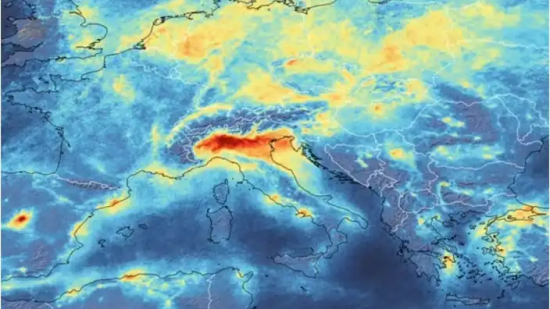Background: Recent reports have suggested that air pollution mixtures represented by nitrogen dioxide (NO2) may have effects on human health, which are independent from those of particulate matter mass. We evaluate the association between NO2 and daily mortality among elderly using one- and multipollutant models.
Methods: This study was a daily time series of non-accidental and cause-specific mortality among the elderly living in São Paulo, Brazil, between 2000 and 2011. Effects of NO2, particulate matter smaller than 10µm (PM10), carbon monoxide (CO) and ozone (O3) were estimated in Poisson generalized additive models. The single lag effect at lags 0 and 1 days and the cumulative effect from 0 to lag 10 days were evaluated in one-, two-, three- and four-pollutant models. The cumulative risk index (CRI) recently proposed to analyze associations with health of multiple correlated pollutants was additionally estimated for each multipollutant model.
Results: An association between NO2, PM10, CO and O3 exposures and non-accidental and cause-specific deaths was found in one-pollutant models. NO2 effects remained significant in multipollutant models for non-accidental and circulatory deaths. The estimated CRIs suggested that circulatory deaths were mainly associated with NO2, and respiratory deaths mainly with CO and O3, regardless the lag. For non-accidental deaths, multipollutant models were associated with the highest CRI, with the main pollutants depending on the chosen lag.
Conclusions: The results suggest that air pollution mixtures represented by NO2 have an effect on non-accidental and circulatory mortality, which is independent from PM10, CO and O3. The CRI was always larger than the risks associated with single pollutants.

